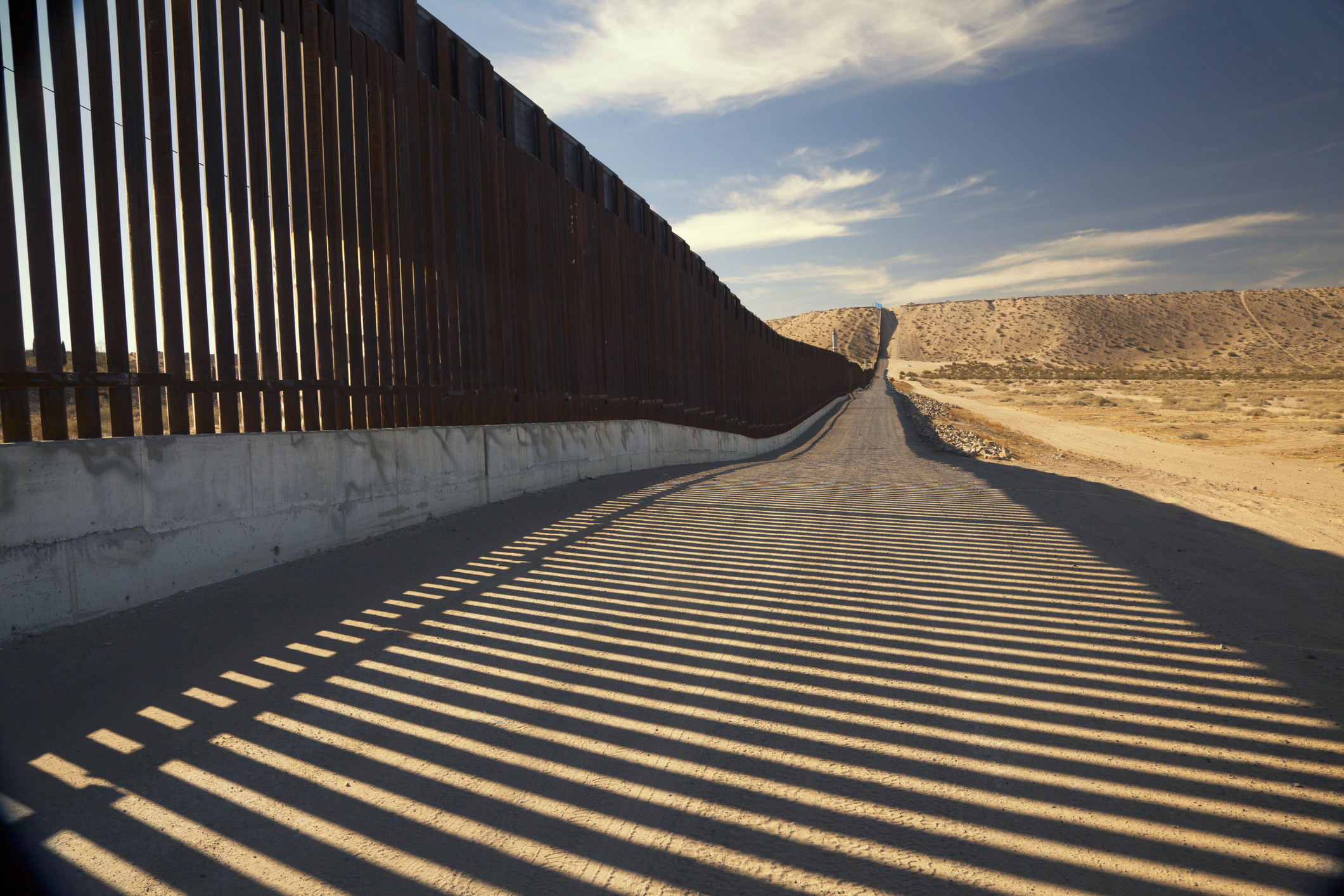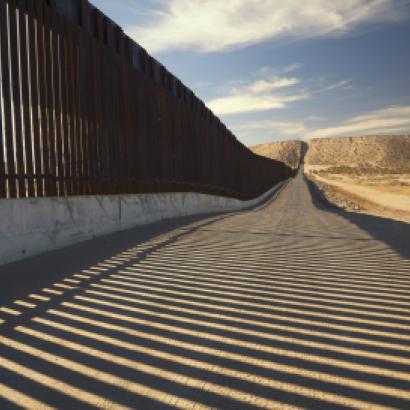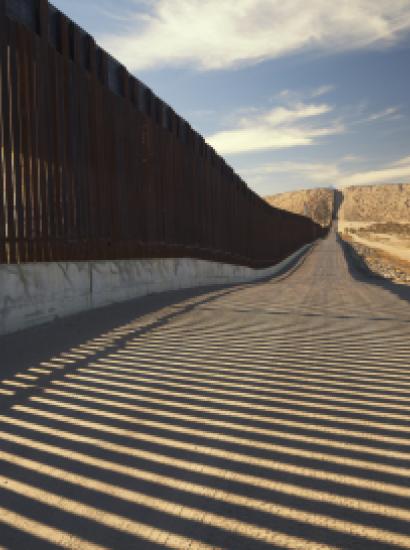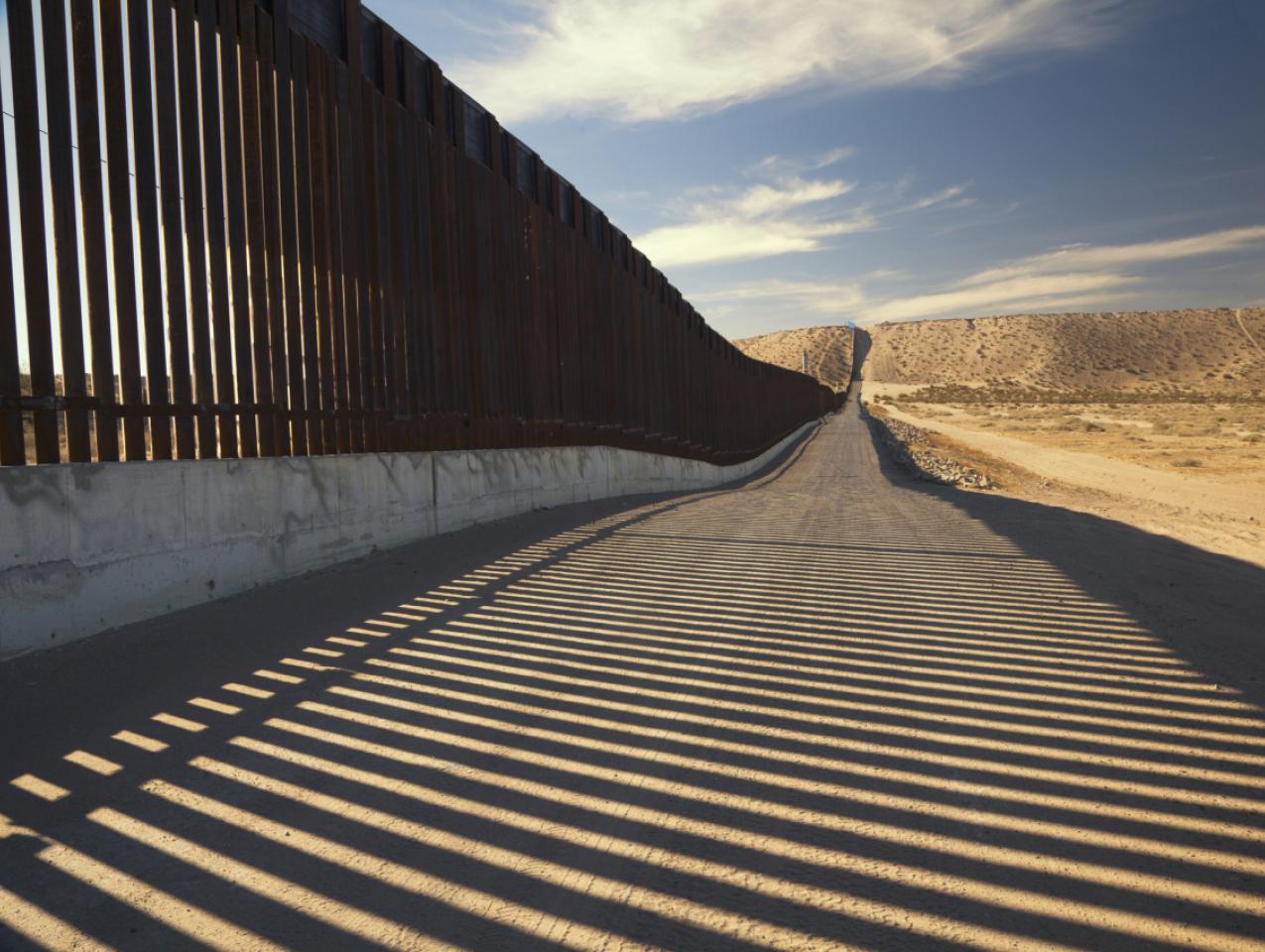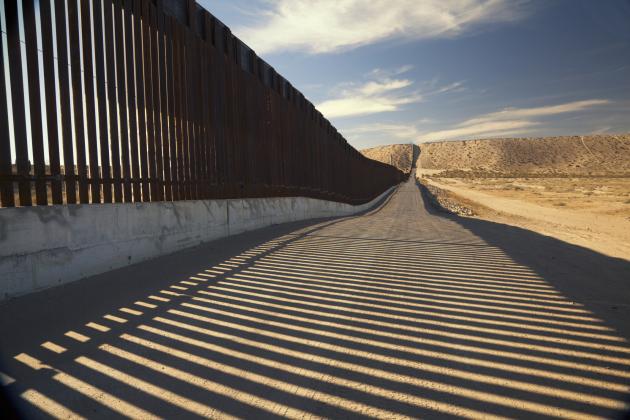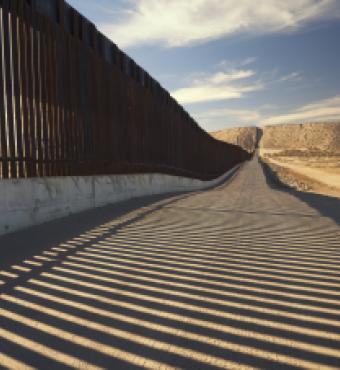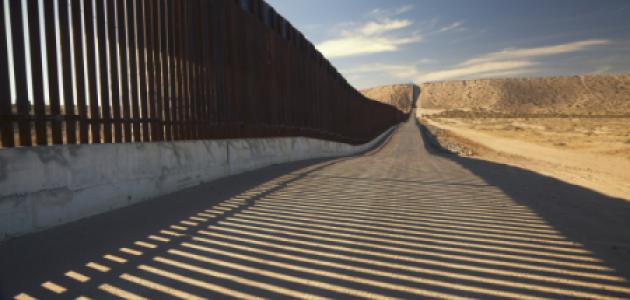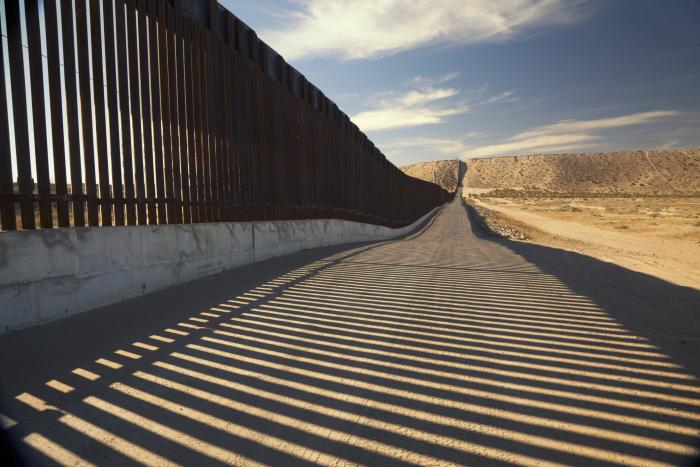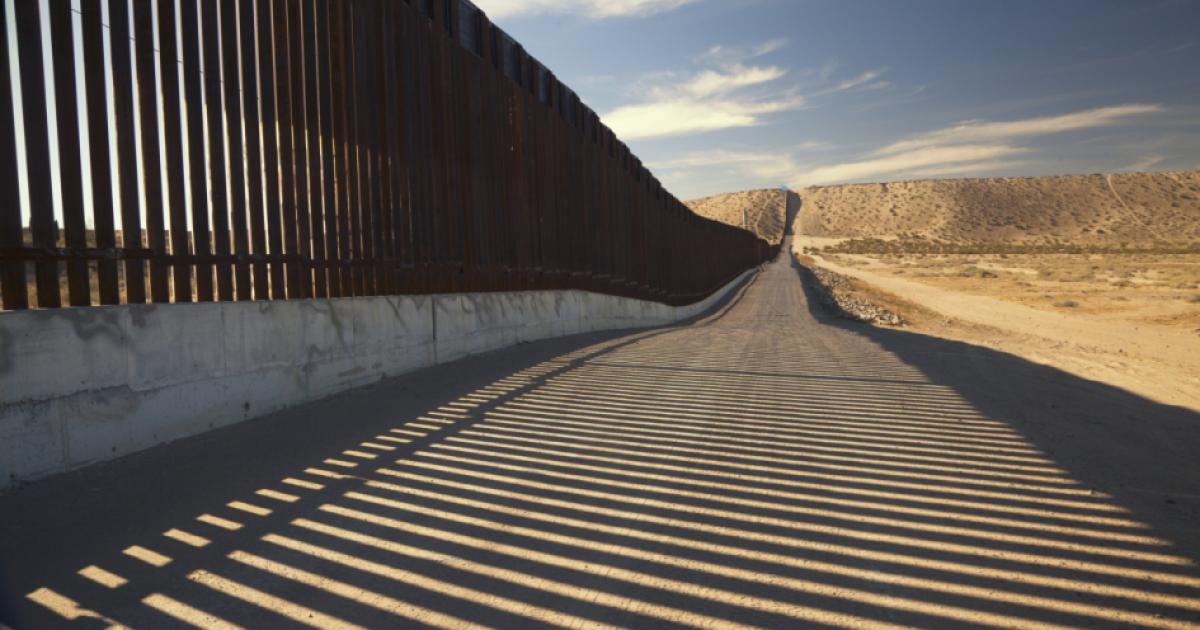- Law & Policy
- Immigration
- Politics, Institutions, and Public Opinion
- The Presidency
By any account, the situation along the Texas-Mexican border is spiraling out of control. For each of the past three months, at least 170,000 illegal immigrants—the statutory term—have been stopped at the border. Thousands of them are unaccompanied children. Some have been turned back. Some are held in various detention facilities. Some 50,000 have been released, without a court date, but with general instructions to report at some time to some Immigration and Custom Enforcement (ICE) office—only about 13 percent have complied. Many suffer from COVID-19. Yet any plans to vaccinate this group have been delayed by the usual administrative disasters. Recent data about the number of cases suggest that a portion of the recent increase in COVID-19 has possibly been spread by a cross-section of these individuals.
The disquieting disconnect between COVID-19 at the border and COVID-19 everywhere else has sparked extensive commentary, largely negative. While American citizens are told to mask up or get vaccinated, illegal immigrants have received, by default, special privileges, in a peculiar reversal in immigration priorities. In response to the looming crisis, Vice President Kamala Harris, Biden’s border czar, has proposed a five-point plan to address the “root causes” of the crisis. Her menu includes such worthy objectives as “addressing economic insecurity and inequality” in Central America, fighting corruption, strengthening the rule of law, promoting human rights, and attacking local violence, including sexual abuse.
Sadly, her high-sounding roadmap misses the entire point. The United States has at most modest leverage over how these endemic issues will play out in different countries, given that we also seek to influence these countries on various drug-related issues. In the unlikely event that the United States could get local leaders to do its bidding, years would pass before any of these reforms take hold. The Harris plan is as likely to solve the current border crisis as defunding the police and hiring social workers is likely to counter short-term violence by teen gangs. Both are too little, too late. Indeed, the only medium-term strategy with a possible short-term effect is US trade liberalization, if, just perhaps, greater economic opportunity at home might reduce the incentives for Central Americans to knock on our doors. But realistically, unless the United States pulls up the welcome mat with barriers at the border, the immigrant surge will continue.
It is also painfully clear that while an immigration problem starts at the border, it will quickly spread inland as newly arrived immigrants fan out across Texas and beyond. Thus the ham-handed performance of the Biden administration at the border places additional demands on state officials, with Texas bearing the initial brunt. It should come, therefore, as no surprise that Governor Greg Abbott of Texas decided to move beyond words to deal forcefully with the crisis. His most dramatic move has been to issue a comprehensive executive order to target the transportation of immigrants inside the state of Texas by non-government actors. The order invoked a controversial Trump Title 42 order—recently extended by the Biden administration—only to be challenged by, among others, the ACLU. The Trump order allows US border officials, with some exemptions, to take rapid action to remove from the United States illegal immigrants, who are potential carriers of COVID-19, including its delta variant.
With evident frustration at the worsening situation, Abbott tried to do the federal order one better, with the specific requirement that “no person, other than a federal, state, or local law enforcement official, shall provide ground transportation to a group of migrants who have been detained by CBP for crossing the border illegally or who would have been subject to expulsion under the Title 42 order.”
To no one’s surprise, the Abbott initiative provoked an immediate and stern response from US Attorney General Merrick Garland, who branded it “both dangerous and unlawful.” His first point is sure to prove controversial; it is questionable whether the use of private contractors to cart various illegal immigrants to special centers will facilitate the control of COVID-19.
Garland is, however, on firmer ground on the illegality issue. He cites a number of Supreme Court cases that stand for the proposition that the federal government is entitled to subcontract its work to private parties even over states’ objections. These cases rely on the Supremacy Clause in Article VI, which bars state action from interfering with the operation of the federal government pursuant to any lawful statute or regulation. Indeed, any other judgment would be intolerable, because it would allow the states to control the way in which the federal government conducts its operations, with clear budgetary and efficiency implications. Therefore, it is no surprise that Garland quickly procured from Texas District Court Judge Kathleen Cardone an order to block Abbott’s initiative for the “irreparable harm” that it caused to its federal COVID-19 enforcement efforts, which affect citizens and noncitizens alike.
But Act I is not the entire play. Looming in the background is a deeply vexing question: just how far does the power of the United States to deal with immigration allow it to block or interfere with the ability of a state to carry out its traditional police power functions of protecting the health and safety of its citizens? Garland cites the powerful precedent of Arizona v. United States (2012), which held that the states could not enforce any laws that were intended to encroach on how the federal government enforced its own immigration statutes. Thus, Arizona could not enforce the statute that made it a state misdemeanor for any alien not to comply with federal laws governing their registration with the federal government.
The fundamental point here is that Congress’s power to pass laws includes the power not only to define offenses but also to determine their severity. In this sense, punishment at a certain level is meant to be not just a minimum but an optimum—a fact that is distorted when state laws ratchet up the sanctions. The same logic applies to state efforts to beef up laws that punish employers who hire illegal aliens or that attempt to speed up the procedures for their removal. The decisive precedent on this point is Hines v. Davidowitz (1941), which invalidated a Pennsylvania statute passed at the outset of World War II and similar to the one at issue in Arizona. These cases show that the United States has “occupied the entire field” of immigration so that the state laws are out, even if they make no attempt to make illegal under state law that which is legal under federal law.
Justice Kennedy’s opinion in Arizona first praises federal dominance in the area. But he then pivots to recognize the evident “importance of immigration policy to the states,” which bear the burden of managing hundreds of thousands of deportable aliens. For this point, he credited accounts of the “ ‘epidemic of crime, safety risks, serious property damage, and environmental problems’ associated with the influx of illegal migration across private land near the Mexican border.” It seems highly anomalous to say that the federal control over immigration extended so far that the states would be powerless to apply their ordinary criminal law to illegal aliens, even if the federal government sought to ban their application. If the federal government could do that to immigrants, then why could it not, given its broad power over interstate commerce, abolish the entire body of state criminal law?
Unfortunately, while Arizona specifies what the federal government can do with its registration program, nowhere does it identify those state programs that are beyond the pre-emptive power of the federal government. That task is especially tricky because the Supreme Court has already taken a very aggressive (and incorrect) position in Garcia v. San Antonio Metropolitan Transit Authority (1976) that the federal government can regulate the hours and overtime of state employees under the Fair Labor Standards Act of 1938, just so long as it does not impose any sanctions heavier than those imposed on similarly situated private employees. There is, then, today no obvious strong safe harbor for the states on matters of economic regulation––how can a clear domain for the states be created here?
This structural problem will quickly surge to the surface. Governor Abbott has made it clear that state police officials are entitled to arrest illegal immigrants for various actions of criminal trespass. It is hard to see how the state has any independent jurisdiction if it turns out that Arizona is extended into this zone of autonomous state authority. But even if one such zone is preserved, the factual variations in each individual arrest are likely to be so intricate that this unseemly jurisdiction squabble could degenerate into case-specific determinations without any possibility for a general solution. At this writing, it is too soon to determine how these issues will play out, judicially and politically. But it is not too soon to make this general observation: everybody is better off if they are prepared to cut some deal. Both sides have to learn the fine art of compromise, and fast.







